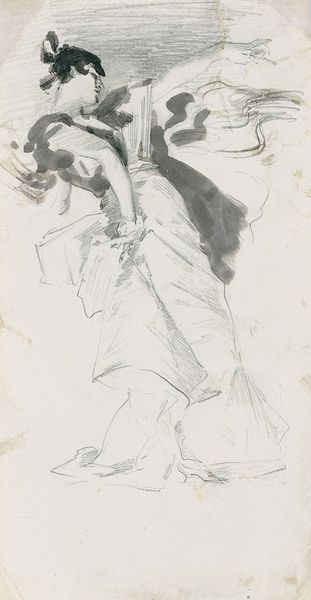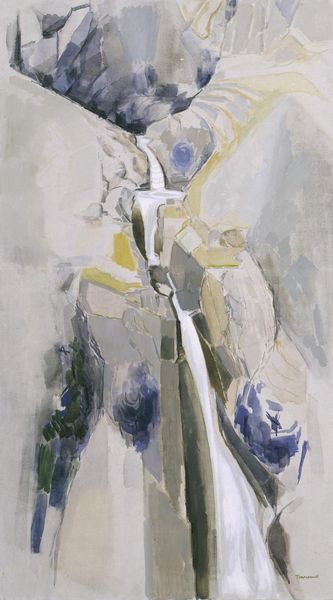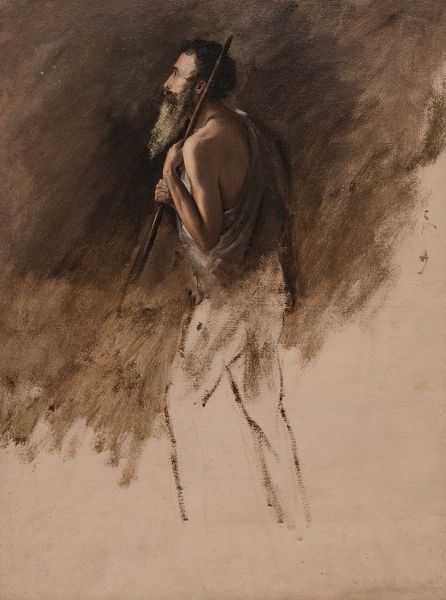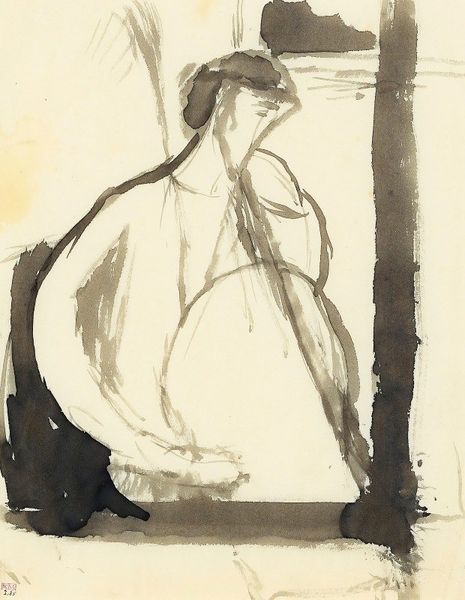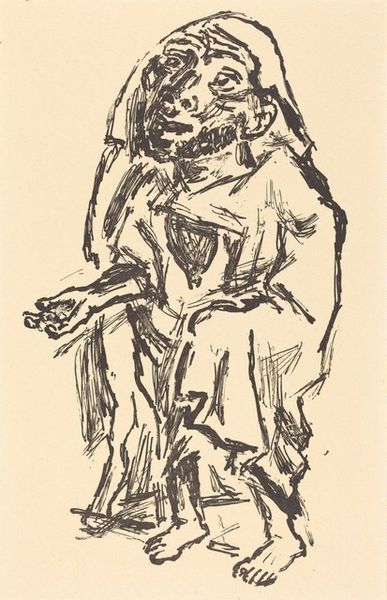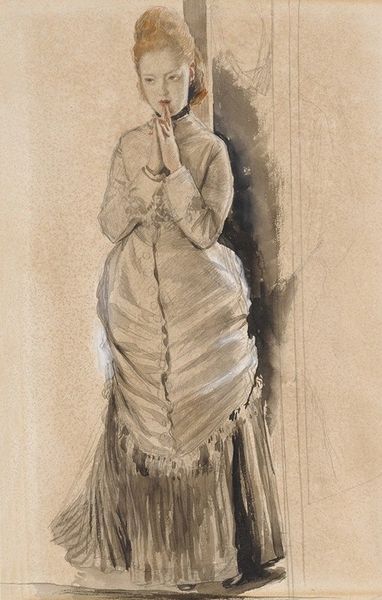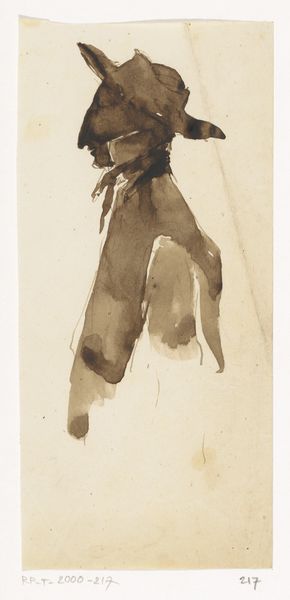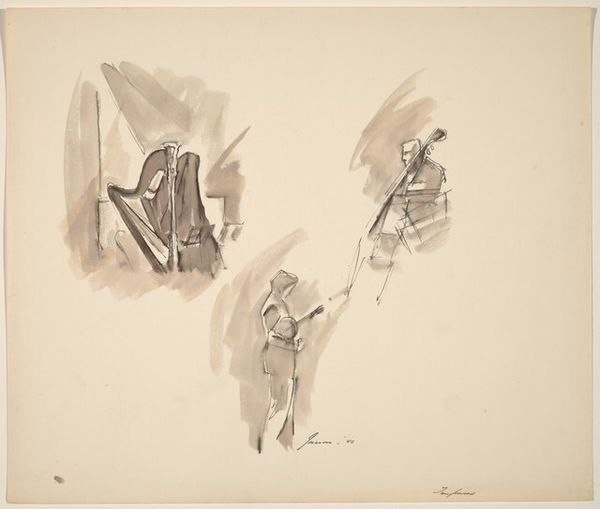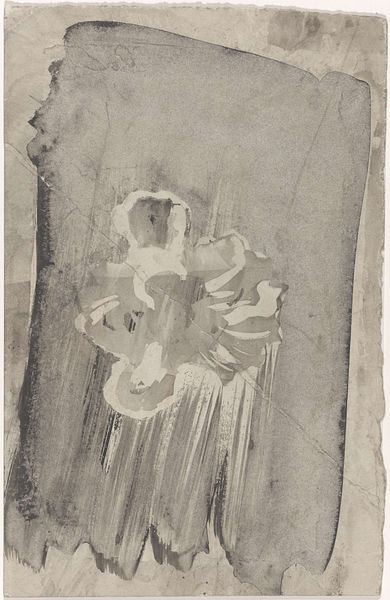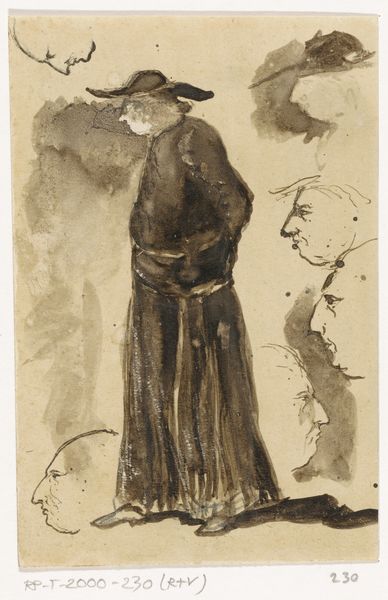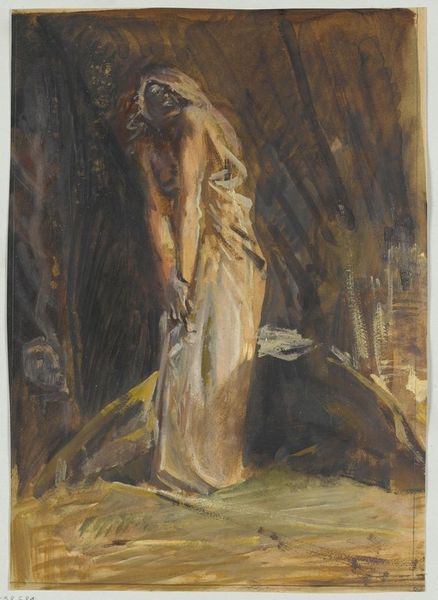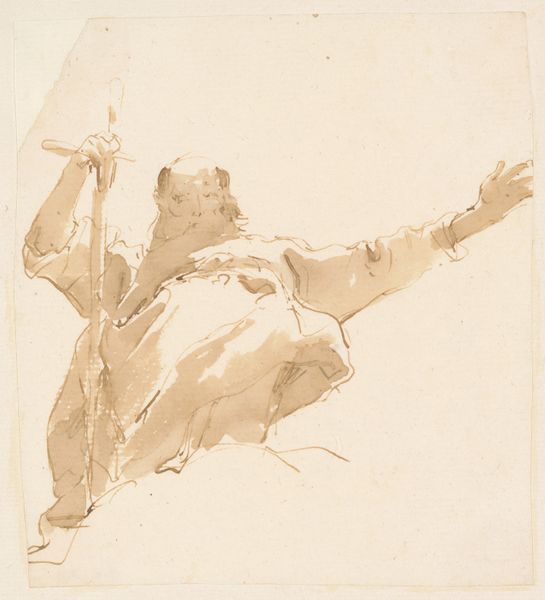
watercolor
#
portrait
#
watercolor
#
symbolism
#
watercolour illustration
#
watercolor
Copyright: Public Domain: Artvee
Editor: Here we have John Singer Sargent’s watercolour, "Saint Teresa of Avila," circa 1903. The radiating lines behind the saint create this dramatic sense of otherworldly power. What are your initial thoughts on how Sargent portrays Saint Teresa, given the context of his time? Curator: What strikes me is how Sargent, a celebrated portraitist of the Gilded Age elite, turns his attention to a figure known for her spiritual defiance. Teresa was a Carmelite nun during the Counter-Reformation, a time of immense upheaval in the Catholic Church. Her mystical experiences and reformist zeal challenged existing power structures. Editor: So, you're saying this isn't just a religious portrait, it’s a statement? Curator: Absolutely. Consider Sargent’s own position as an American expatriate, navigating European social hierarchies. Painting Teresa, a woman who challenged orthodoxy, perhaps resonated with his own experience of being an outsider looking in. It raises questions about how Sargent viewed faith, power, and the individual’s role in challenging dominant narratives. How do you interpret the stark contrast between the radiating gold and Teresa's muted figure? Editor: I see it now. The gold feels like the institutional power that confined her but from which her spirit also emanates. She is set against it but is also framed by it. That liminality… Curator: Precisely. This liminal space invites us to contemplate Teresa's complex identity. Was she a victim of the patriarchal structures of her time, or a figure who successfully wielded her own spiritual authority? Or both? Sargent’s choice of watercolor adds to this ambiguity, creating a sense of ethereal impermanence. Editor: Thinking about Sargent's background, it makes the painting much more than just a surface-level depiction of a saint. It’s like he’s subtly interrogating power dynamics within religious and social structures. Curator: Exactly. And by focusing on Teresa, a woman who dared to question the status quo, Sargent offers us a lens through which to examine our own relationships with power and authority. Editor: Wow, I'll never look at a religious portrait the same way.
Comments
No comments
Be the first to comment and join the conversation on the ultimate creative platform.
